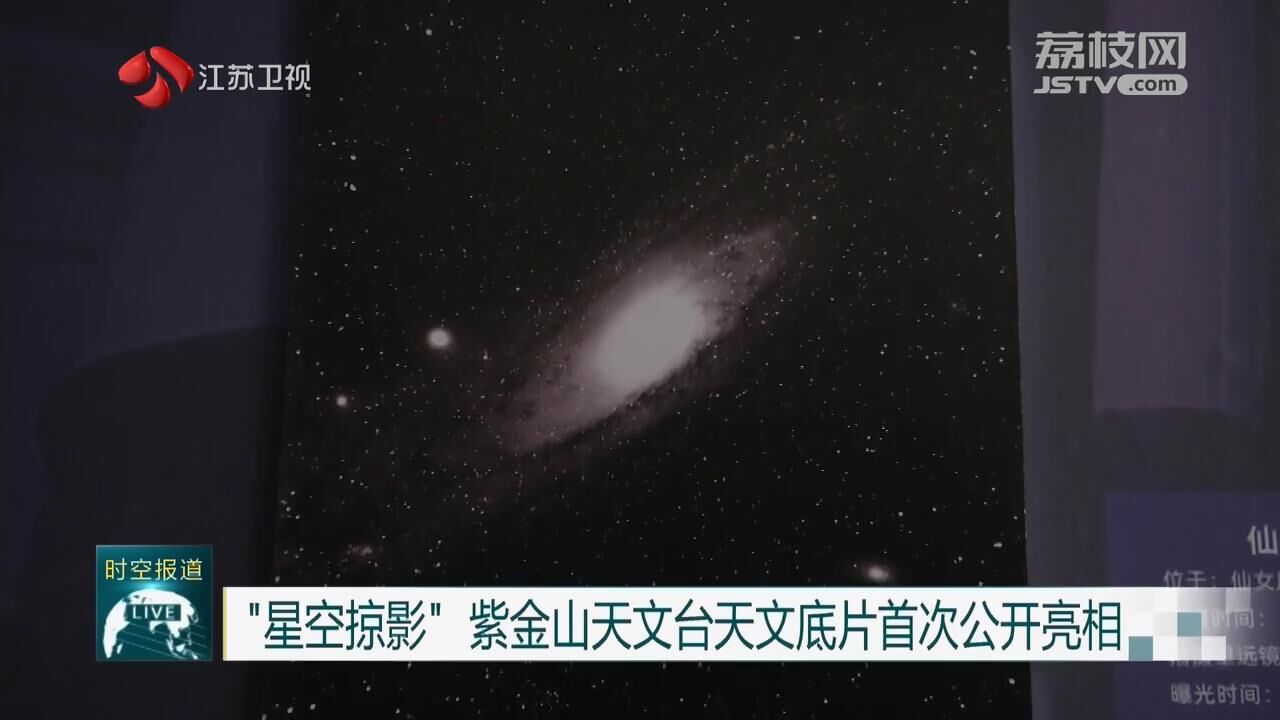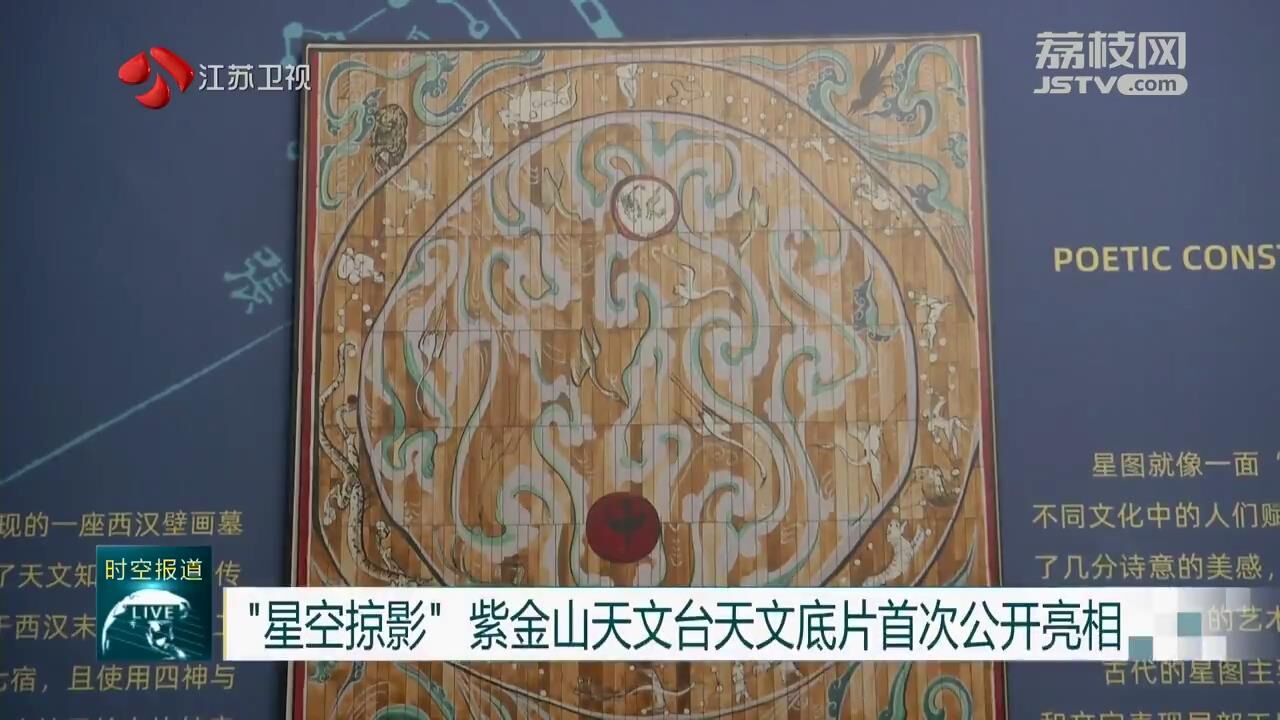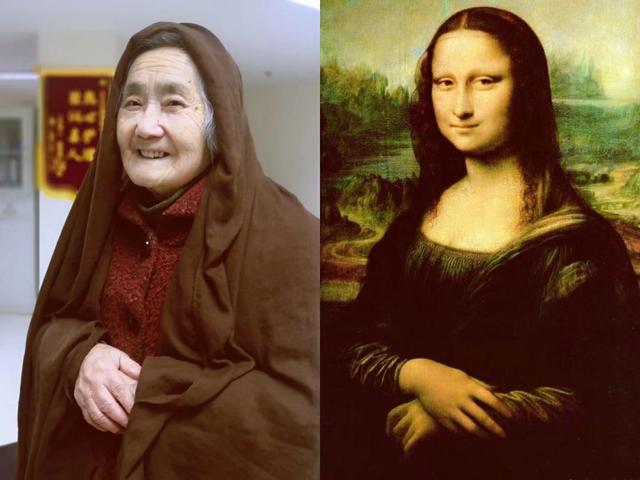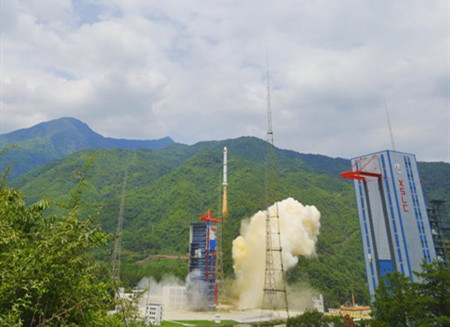The Nanjing-based Zijinshan Observatory is hosting the "Special Exhibition of Describing the Sky -- Starry Images and Classical Star Maps" by releasing the astronomical film of the Zijinshan Observatory for the first time, and also displaying the world's oldest scientific star map from the Tang Dynasty of China, as well as the western star atlas that blends art and astronomy. More than 40 exhibits show the visitors the beauty of astronomy and art.

The Zijinshan Observatory has taken more than 11000 photographic astronomical negatives, which is a very valuable observation data of modern astronomy in China.
This exhibition is the first exposure of the precious observation data of the Zijinshan Observatory. These glass negatives are made public after digital preservation. It also reviews the development of Chinese astronomy in the past century.

Wang Kechao, Director of Science Popularization at the Zijinshan Observatory of the Chinese Academy of Sciences said, "These precious data are of great value to the study of the kinematics of stars, the precise determination of the orbits of small bodies in the solar system and the long-period stellar light variation."

This special exhibition also displays a replica of the Dunhuang Star Atlas. This long scroll, drawn in the period of Emperor Zhongzong of the Tang Dynasty, was evaluated by Joseph Needham as "the earliest existing scientific star atlas in the world".





